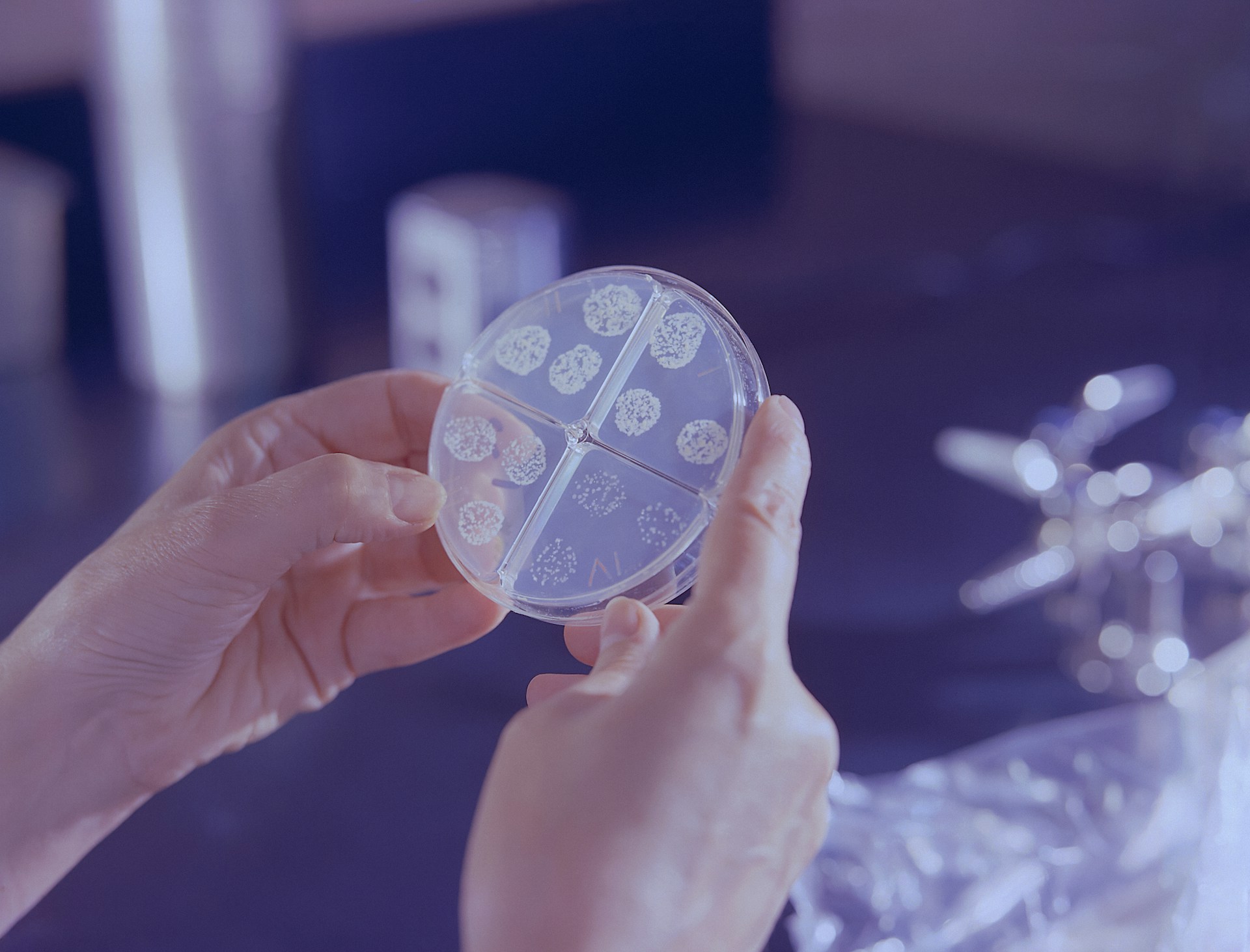The nature-nurture debate has been discussed for centuries. But, the last 50 years has seen the epigenetic revolution, where we now understand that nature can change our nurture. Photo credit: Ola Wilk, The Oxford Scientist.
It is common knowledge that our environment affects the way we look, feel, and think. But most do not know that external factors can also cause changes in our genes. Each of our 50 trillion cells contains genes—sequences of DNA (including regulatory elements) which act as a template for the synthesis of an RNA molecule. This RNA molecule then performs a variety of roles within the cell, including guiding protein synthesis. The key takeaway is that genes are the fundamental heritable unit needed to specify lower-order cellular metabolism, ultimately guiding the traits of the whole organism.
The term ‘epigenetics’ was introduced in 1942 by embryologist Conrad Waddington. The original definition saw epigenetics as ‘the complex of developmental processes between the genotype and phenotype’. This research field has experienced a radical revolution in the last 50 years, leading to changes in the way we understand the developmental process. The new working definition sees epigenetics as the study of ‘heritable changes in gene function that cannot be explained by changes in DNA sequence’ across generations of organisms or cells. Derived from Greek, the term is an apt description literally meaning ‘above genetics’.
How can humans share 99.9% of their DNA with one other, yet hold so much diversity? Epigenetics may hold the answer. With the DNA sequence remaining identical, chemical modifications—known as “epigenetic tags”—can be added to either “silence” or “amplify” the activity of a particular gene by allowing regulatory enzymes to recognise the gene more or less frequently. This modulates its ultimate expression. These structural and regulatory changes made to the proteins which bind to DNA are also classified as being epigenetic.
How can humans share 99.9% of their DNA with one other, yet hold so much diversity?
Along with chemical additions to DNA, histone modification plays a significant role in gene expression. Regions of DNA are wrapped around histone proteins—these are complexes of proteins that compact DNA into the nucleus and regulate transcription of the DNA. Regions of DNA which are tightly wound are physically inaccessible to recognition proteins and so these regions are “silenced” (i.e., the gene is not expressed). Modifications to these histone proteins and regions of DNA alter how tightly the DNA is wound. Therefore, the expression patterns of genes in a particular region is a direct consequence of the epigenetic changes that accumulate over the lifetime of the organism.
DNA methylation is one of the most common epigenetic tags. It involves the addition of a methyl group (one carbon atom and three hydrogen atoms) to the DNA’s surface and prevents recognition—and hence expression—of a particular gene. There are many thousands of environmental factors which can lead to this particular change and we do not fully understand how specific aspects of the environment cause these changes.
While we understand in some detail the mechanisms for gene activation in development and cell differentiation, the impact of our environment on our genetic makeup is a more recent exploration. The golden ticket to understanding this field comes from studies on monozygotic (‘identical’) twins. If genes were to remain unchanged throughout their lifetime, and if environmental factors could be excluded, identical twins would remain identical for their entire lives. In reality, however, we see that they often have significant (and sometimes life-threatening) differences.
Identical twins are born with the same DNA and have near-identical epigenetic tags at birth. Epigenetic changes which cause two identical strands of DNA to become completely unique are thought to start in the womb and are the only detectable differences at birth. These differences widen as the twins grow and have a greater effect on gene expression as the environment begins to play an increasing role in development.
Let’s look at a theoretical pair of identical twins: one smokes, is chronically stressed, and eats mostly junk food, whereas the other has a balanced diet, abstains from smoking, and lives a low-stress life. They would likely differ in their energy and fitness levels, and may even look physically different. But what is interesting here is the effect that these environmental factors have on their genes. So far, several lifestyle factors have been identified as candidates for causing epigenetic changes including diet, obesity, physical activity, tobacco smoking, alcohol consumption, environmental pollutants, psychological stress, and working night shifts.
But epigenetic signatures can also be left by traumatic events. This is exemplified by the Dutch Hunger Winter of 1944–45. In September 1944, the Dutch attempted to prevent the advancement of Nazi troops by striking railway services. Unfortunately, the campaign failed and the Nazis subsequently blocked food supplies to The Netherlands. Over the next eight months, more than 20,000 people died of starvation. A total of 4.5 million people were impacted, and the generations since still bear the effects.
But epigenetic signatures can also be left by traumatic events.
Dr L. H. Lumey, Professor of Epidemiology at the Columbia University Medical Center, USA, took samples from thousands of people either born in, or shortly after, the famine. Samples were also taken from their siblings, and the DNA of all participants was examined. Intact health registry records allowed individuals to be traced over time. In fact, the team found evidence for less DNA methylation of the IGF2 gene over 60 years later.
IGF2 (insulin-like growth factor II) is a key factor in human growth and development, and epigenetic changes to it are inherited via the maternal cell-line. In later life, famine-born individuals who inherited these modifications had higher rates of diabetes, obesity, and cardiovascular disease than their same-sex post-famine-born siblings. Epigenetic adaptations thought to have helped pregnant women survive the famine became necessary once it ended, but the changes to cell metabolism appear to have a lingering effect.
As we learn more about how our environment can directly impact our genetics, it adds a new dimension to our view of evolution. Epigenetic changes happen in all individuals, and have the potential to be inherited by the next generation. Moreover, the epigenome is flexible and shaped by changing environmental conditions—it provides a logical mechanism to describe the huge array of variation seen between individuals of the same species. Nature and nurture are firmly united, but the extent to which the environment alters the fate of our DNA remains a mystery.





